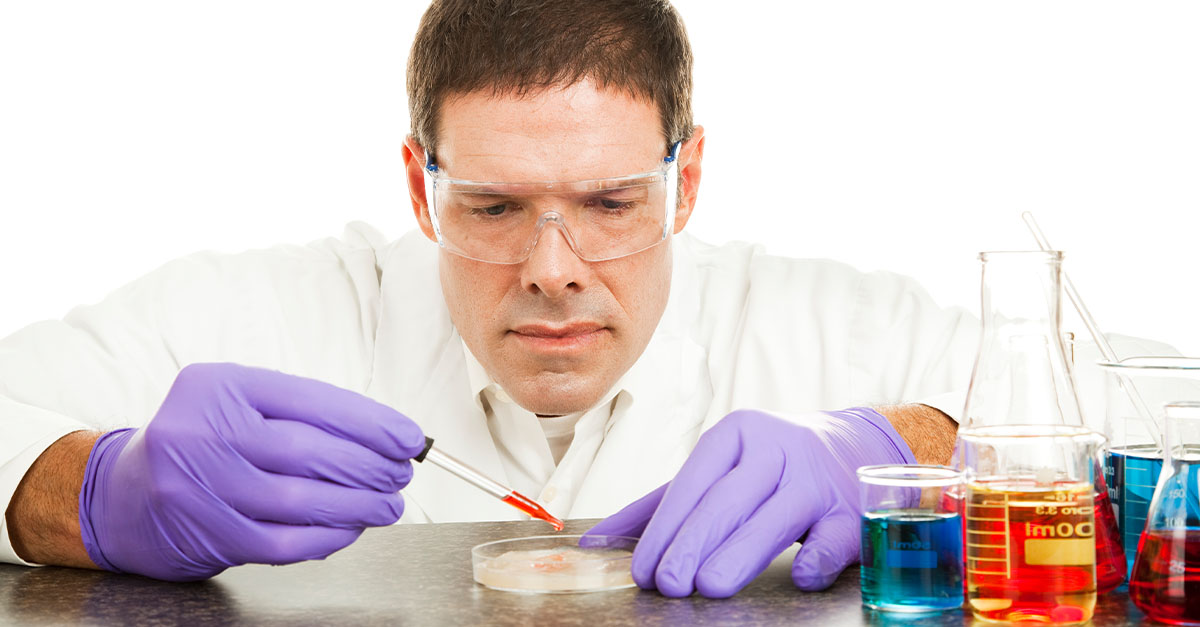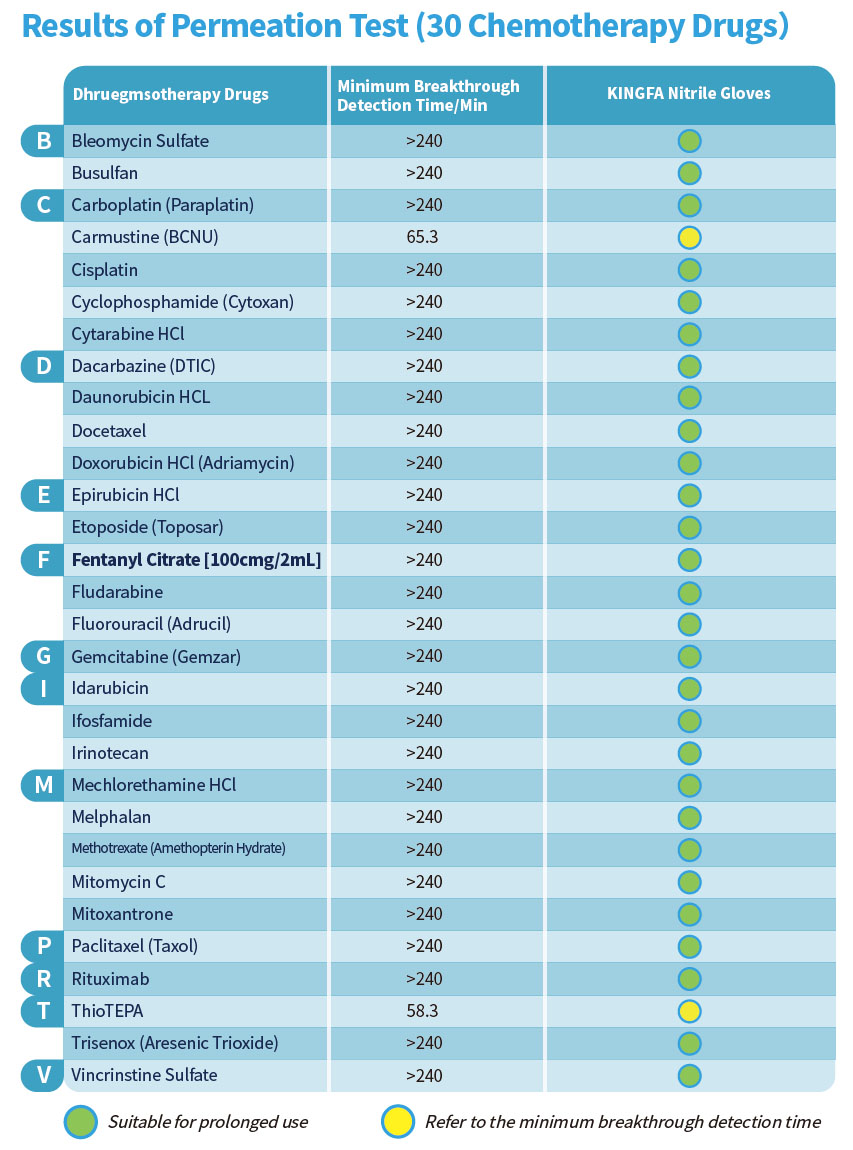14 August 1996, Professor Karen Wetterhahn (1948-1997) accidentally dropped few of dimethylmercury on the latex gloves she wore during an experiment. As an expert familiar with toxic metal compounds, she immediately followed the safety procedures, took off gloves, washed her hands, and cleaned all experimental equipment. Unfortunately, these measures did not prevent her from being harmed by dimethylmercury. Because latex gloves have almost no protective effect on dimethylmercury, which passes through the gloves and be absorbed by human body in a very short time after contacting. In June of the next year, Professor Wetterhahn died of mercury poisoning at the age of 49. Her blood mercury content reached an astonishing 4000 μ g/L.
The death of Professor Wetterhahn made chemists all over the world begin to attach importance to the safety protection of chemical experiments. Gloves, lab clothes, goggles, and safety operation procedures have gradually become the necessary safety protection means for chemical laboratories. Among them, gloves are the first protective barrier for chemical workers, and also the top priority in the process of chemical safety protection. So, how should we correctly choose and wear appropriate and safe gloves in the laboratory? First, we need to know something about gloves.

1. No glove can protect all chemicals. For example, vinyl rubber and nitrile rubber have better protection effects on weak acids and weak bases. But latex gloves and nitrile gloves commonly available in the laboratory have little protective effect on small molecules such as dimethylmercury and dichloromethane with high permeability.
2. The protective effect of gloves will gradually weaken with the increase of use times. Damage during use or deterioration caused by long-term contact with chemical reagents may greatly reduce the protective effect of gloves on chemical reagents.
3. Even if the materials of two gloves are the same, the protective effects may be different. Different brands or different batches of gloves of the same brand may have significant differences in raw materials, additives, thickness, design, etc.
4. The main basis for evaluating the protection level of gloves is the impermeability of gloves. Permeation refers to the process of diffusion of liquid or gas molecules through barrier materials. The longer the gas or liquid passes through the gloves, the better the impermeability of the gloves.
For example, the following is the penetration test data of the Chemotherapy Resistant Nitrile Gloves of KINGFA MEDICAL.

Through the test results, it can be seen that KINGFA Chemotherapy Resistant Nitrile Gloves has excellent penetration test performance for up to 30 kinds of chemotherapy drugs. It is an excellent choice for chemotherapy laboratories.
After knowing the performance of gloves, we should learn to choose appropriate gloves and wear gloves scientifically, to protect hands as much as possible. Here are 5 tips for using gloves directly.
1. Select gloves that provide penetration rate, penetration time and aging data, and further judge whether the product meets the protection standards. Thicker gloves usually provide better protection, but may reduce operational flexibility or increase hand fatigue.
2. Pay attention to the shelf time and service life. The penetration data based on the specific combination of glove materials and chemicals provided by the manufacturer should be consulted and further evaluated.
3. Carefully check the gloves before and during use. When gloves are damaged (such as defects, tears, holes) or have signs of aging (such as cracks or discoloration), they should be replaced in a timely manner.
4. Avoid reusing or cleaning disposable gloves. If it is necessary to reuse disposable gloves, consult the manufacturer for proper removal of chemical contaminants from gloves.
5. Personnel shall know how to wear and take off gloves correctly during use. For example:
a. Select the appropriate type and size of gloves and wash your hands before and after using gloves.
b. Please put gloves on the cuffs when wearing the laboratory clothes.
c. Avoid long nails or sharp jewelry.
d. Avoid chemical contamination transmitted through gloves. For example, when wearing gloves, do not touch the face or any common objects that may be touched by yourself or others (keyboard, pen, phone, door handle, etc.). Do not eat or drink when wearing gloves.
Reference
[1] ACS Chemical Health & Safety: Review of the Performance, Selection, and Use of Gloves for Chemical Protection.
[2] Phalen, R. N. Not All Gloves Are Created Equal: Guidelines and Tools for Selecting and Using Chemical Resistant Products; Synergist, 2018.
[3] Suzanne Raga; Karen Wetterhahn, the Chemist Whose Poisoning Death Changed Safety Standards; retrobituaries-karen-wetterhahn-chemist-whose-poisoning-death-changed-safety;




